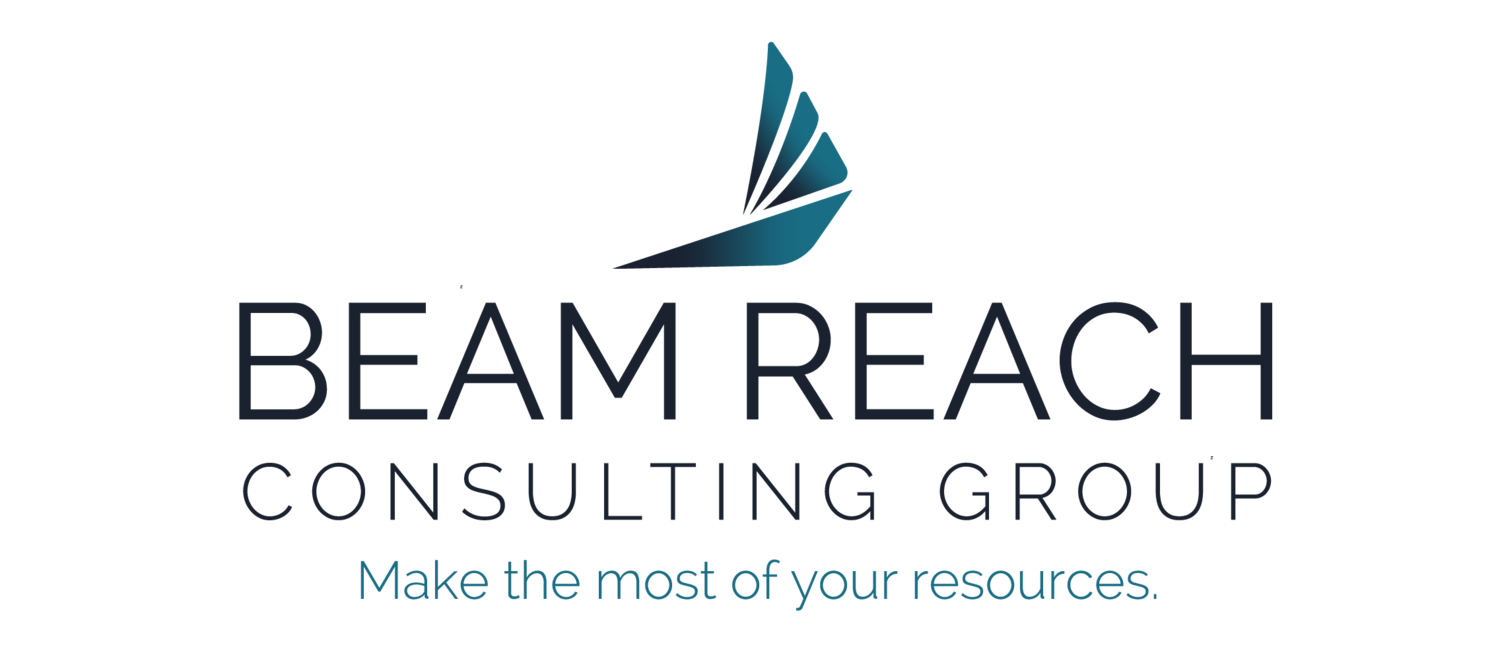Develop a winning proposal
Once you have defined the overarching argument at the core of your response, you need to delegate the research, collection, and creation of materials to the members of the team best suited to each topic or skill. While some team members may assert willingness to assume tasks out of their area of expertise (e.g., engineers offering to edit, writers offering to draft technical plans, managers offering to draft graphics), the most efficient approach is to have those with specialties focus on those skills. This begins with breaking apart the FOA to examine what products need to be created, identifying the optimal division of labor among the personnel and their skills, and schedule and hold reviews that critique different dimensions of the response to ensure the final product is complete, compliant, and compelling.
Compose a matrix of submission requirements: The FOA should explain what pieces you have to prepare. A chart or spreadsheet that captures all of them on a single page helps organize development of the response. Include assignments and contact info for responsible parties, to keep responsibilities transparent and improve communication.
Engage your “A” Team: Assignments for content generation should balance expertise, availability, and enthusiasm. You want to apply personnel skilled in each subject area to the development of content, but technical experts are rarely deft linguists, and vice versa. Save time for both your subject matter experts (SMEs) and writers by having the SMEs sketch out what to say in bullets or a similar structured framework that the writing personnel can fill in later.
Writing and Editing: We have found that offering phone interviews between writers and SMEs are particularly effective because it sets a firm timeframe in which material will be gather, allows the SME to “talk through” the plan without getting bogged down in drafting, and affords the writers the opportunity to clarify points in real time rather than having to catch transposition errors later in editing.
Graphic Design: The same method as writing and editing works well for graphic design: rather than having SMEs draft awkward graphics in PowerPoint, schedule a call with a graphic designer to discuss ideas and options. While the cost of a dedicated graphic designer may seem off-putting, the difference made in visual impact and professionalism in the final product is worth he expense. FOAs can be very competitive and any small edge in perception is valuable.
Technical Planning and Design: The technical design is often the heart of the response—it is the “meat” of what makes your project distinct, while the other facets argue for how the plan will be executed or improve the manner in which the plan is conveyed. Preparation of the technical plan and design needs to needs to be done by subject matter experts familiar with both the priorities and goals of your organization and the goals of the FOA. The project will certainly be designed to achieve goals of your organization, but it must address the specified needs of the FOA.
Project Management: The best plans are of no use if they are not applied effectively. In addition to arguing how your proposed plan will address the goals of the FOA, you need to illustrate that you have the personnel with skills to ensure the plan is applied effectively and efficiently, and that progress, milestones, and budget will be accounted and reported in accordance with the guidance of the funding agency. For these personnel, qualifications in the management of projects, programs, and portfolios is more important than subject matter expertise in the technical dimensions fo the project. Project management applies proven tool to monitor and control processes across project disciplines. Federal agencies recognize the Project Management Institute’s Project Management Professional (PMP) certification as demonstration of project management acumen. Business management-oriented academic work can also demonstrate experience, as can professional experience managing projects of similar size, scope, and complexity to that which is proposed.
Critique and critically interrogate the draft response: Development for the response would include at least one and ideally three or four critical reviews as the document approaches its final iteration. There are three primary questions to ask during these reviews: Is the response 1) complete, 2) compliant, and 3) compelling? The first of these asks whether all the materials requested in the FOA are present in the form requested. The section asks if the content answers the goals of the FOA and addresses its questions in the manner requested. The third asks if all this material is presented in a way that argues for the merits of this specific project’s plan, and articulates clear win themes that resonate throughout the response. Conducting effective reviews benefits from three processes:
Plan and conduct the review workshop(s)
Target different interrogation of the current draft in each workshop
Bring in outside experts to critique and provide insight


